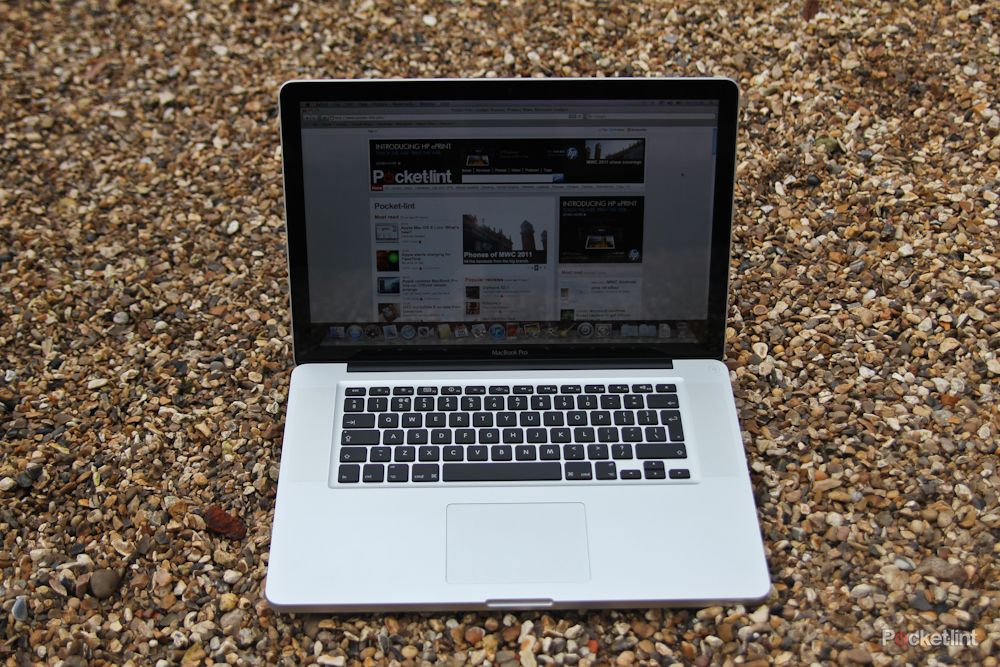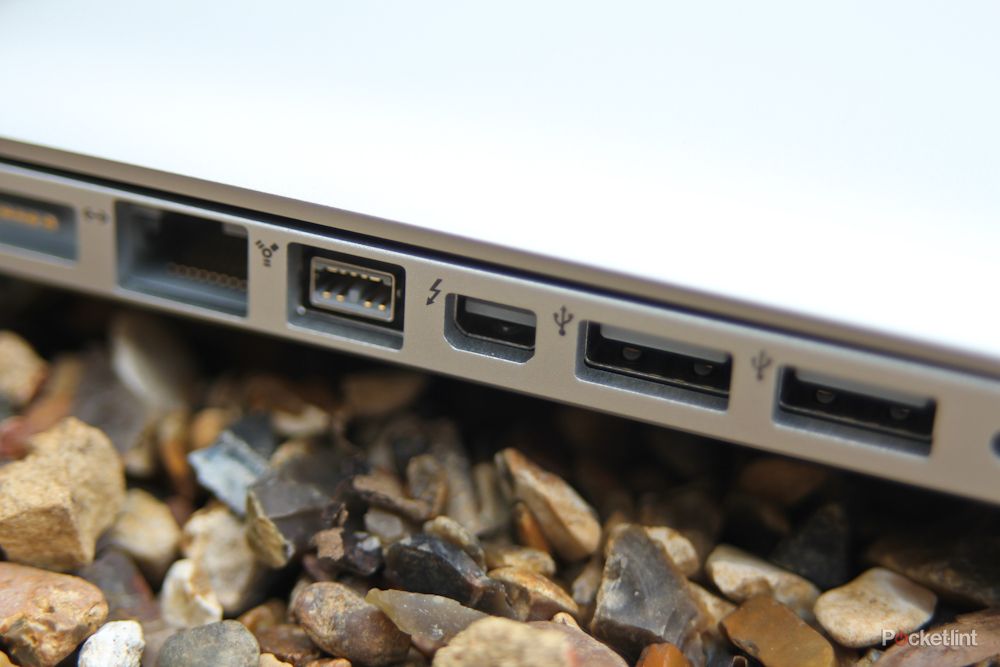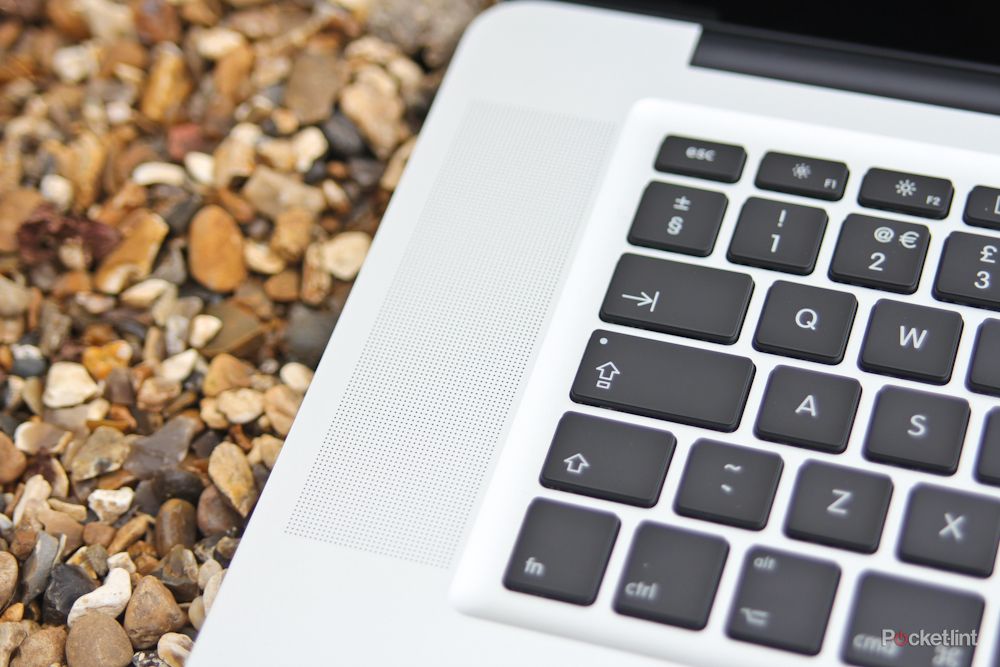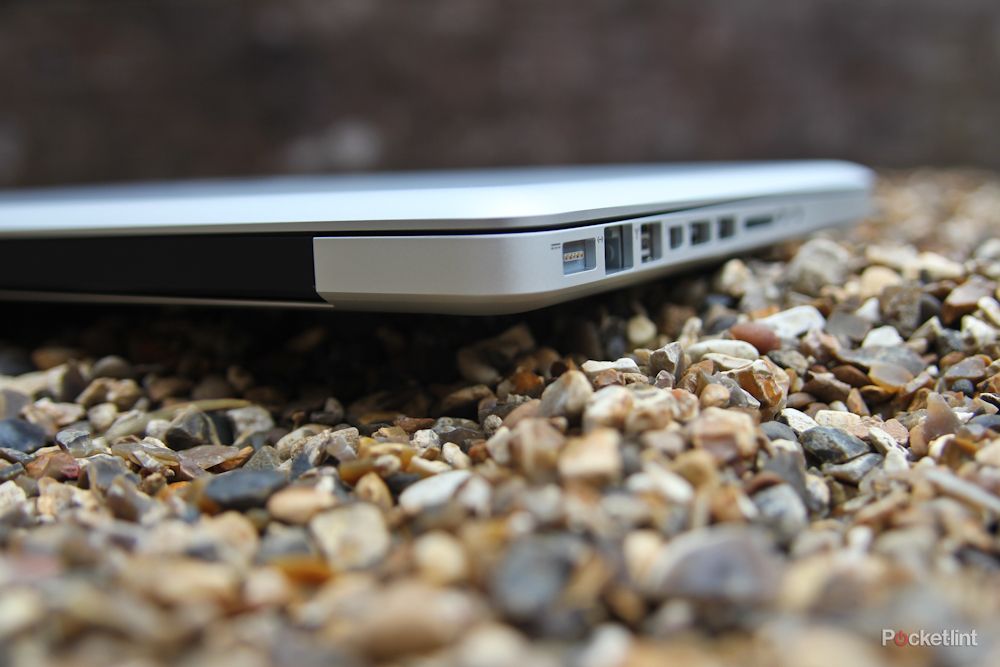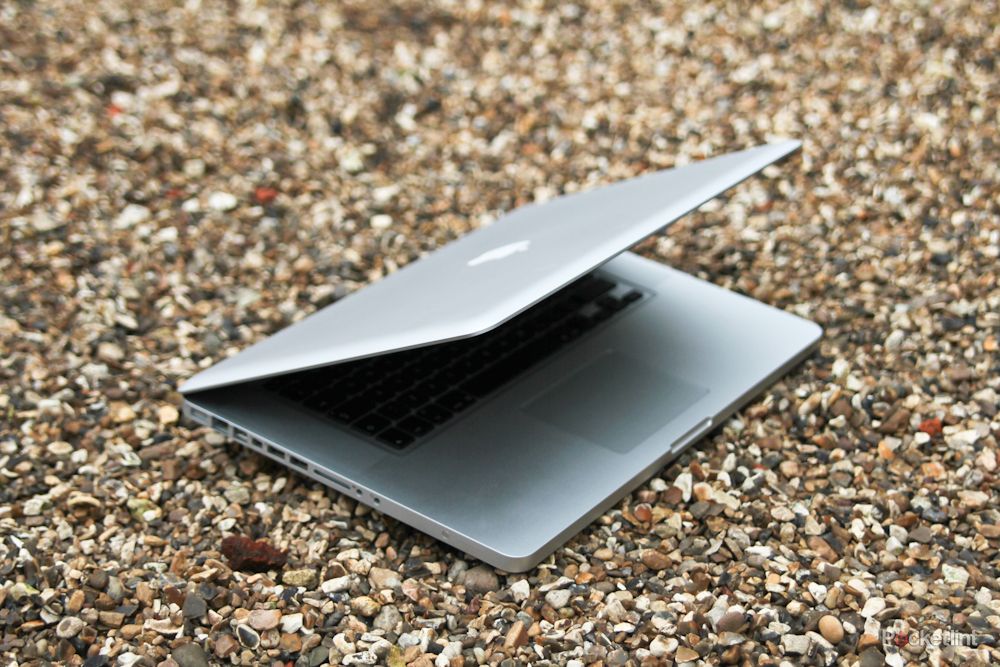If you got a MacBook Pro for Christmas, we’re sorry to have to break the news that it is out of date already, and it’s too long ago for you to take it back and swap it out for the new range that launched at the end of February. But should you be feeling down? We check out the new 15-inch MacBook Pro.
Our quick take
The 15-inch top of the range model we tested certainly proves that it has the oomph to pack a punch and get the job done. Dropping down within the 15-inch range you get a slightly slower processor, while dropping down to the 13-inch models you’re only offered dual-core processors - a shame.
So should you rush out and upgrade? For now we would hold off unless you have to, meaning this might be “one to skip”. It’s not that it's a bad system, far from it, in fact it’s very good. It’s just if you’re already rocking a MacBook Pro that is 2009 or later you are unlikely to benefit from the improvements at this time as much as you would want to justify the outlay.
Thunderbolt is ready, but with no devices on the market, it's not ready for the primetime yet and the speed boosts are good but 2x isn’t much to write home about.
If you’re new to the MacBook Pro fold, however, this will make an excellent power house of a machine allowing you to get your work and play done double quick.
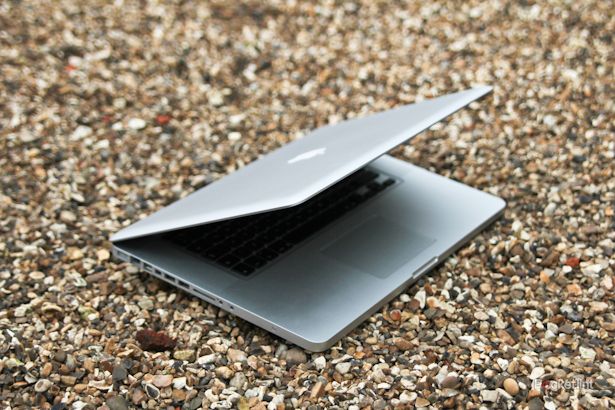
Apple MacBook Pro 15-inch (early 2011) - 4.0 / 5
| FOR | AGAINST |
|---|---|
|
|
For the purposes of this review we’ve been playing with the top of the range 15-inch MacBook Pro. The 15-inch MacBook comes in two models; one with a 2.0GHz quad-core Intel Core i7, AMD Radeon HD 6490M and 500GB hard drive starting at £1549, and one with a 2.2GHz quad-core Intel Core i7, AMD Radeon HD 6750M and 750GB hard drive starting at £1849. This review references the latter, although it’s worth pointing out that Apple has also launched two 13-inch models, and one 17-inch model too.
Get the new MacBook Pro out of the box and you’ll see that cosmetically nothing has changed. That’s no bad thing. The clean lines, the unibody aluminium design, the chiclet keyboard and huge trackpad are all present and correct. Here at Pocket-lint we rate the Apple MacBook Pro design highly and the new model gets the same praise, not deviating from the path one iota.
On the right you’ll find the 8x slot-loading SuperDrive (DVD±R DL/DVD±RW/CD-RW) sitting next to the security lock slot, and on the left a collection of ports including the MagSafe power socket, an Ethernet port, a FireWire 800 port, two USB 2.0 sockets, Audio Line in and Audio Line out (they are shared on the 13-inch model), an SDXC card reader (a speed and capacity boost from a standard SD card reader) and a new port, Thunderbolt, that now sits where the DisplayPort was and in fact is the same size and dimensions. The only physical difference for the naked eye here is that it has a Thunderbolt logo next to it rather than a square one that looks like a monitor.
Not that you'll need to output to a monitor as you get a very nice display included. The 15-inch MacBook Pro comes with a 15.4-inch (viewable) LED-backlit glossy widescreen display. Natively you'll get a resolution of 1440 x 900 with support for additional 16:10, 5:4, 4:3, and 3:2 aspect ratio resolutions. However if you're happy to pay for an upgrade you can increase this by 36 per cent to 1680 x 1050 with either a glossy (an extra £80) or antiglare display (an extra £120) instead.
We had an off the shelf setup, but were very happy with the screen resolution and it's performance, which incidentally is the same for the keyboard and trackpad. The chiclet keyboard design sees well spaced out keys that are responsive and comfortable to use and the trackpad is big enough to let you do plenty of gesture movements - something that will become increasingly important in Mac OS X Lion.
When it comes to audio playback you'll find the speakers are placed either side of the keyboard thanks to the additional space provided by the larger frame. They're okay, but rather tinny on the selection of tracks we tested the laptop with - Clint Mansell and Jessie J. Strangely they don't sound as good as our 13-inch MacBook Pro in the office, even though they've got bigger speaker real estate on the laptop.
The same can’t be said for the insides that have had a speed boost and new tech added. Thunderbolt is the headline-grabbing feature. It’s a new tech that allows fast file transfer between two devices like an external hard drive as well as power monitors via the DisplayPort tech. Why should you be excited? Because it will let you stream four 1080p uncompressed videos at the same time - an impressive feat, as well as transferring a 5GB file from your hard drive to your computer in around 10 seconds - try and do that at home on your current computer (as demoed to Pocket-lint in a private briefing).
Better still the technology is future proof too, so as accessories get faster - it's roadmapped to 100Gbps but starting at 10Gbps - users won't have to change their laptops, just the Thunderbolt products and cables. Sounds amazing doesn't it? Here’s the rub: there are zero Thunderbolt products on the market available right now to buy.
That’s not to say that there won’t be products in the future. Lacie, Promise and Western Digital have all said that they have devices in the pipeline. Promise and Lacie have announced specific products with Western Digital really still skirting around an announcement at the moment. Promise makes big RAID hard drives perfect for video professionals editing stacks of footage, while the Lacie Little Big Disk is a more consumer-friendly backup device that you’ll probably end up with. Lacie has told Pocket-lint that it’s device isn’t due out for another couple of months (April/May).
Those looking to use it as a quick way of backing up their Mac with Time Machine will have to wait even longer as that feature isn’t expected until Mac OS X Lion launches (Summer 2011). Ultimately for the next couple of months you have a port that doesn’t do that much different to the DisplayPort on the older MacBook Pros. We tested the DisplayPort functionality and it worked as expected.
But even then, you have to ask yourself whether you need file transfer from your computer to a superfast port in the first place. If you’re constantly working with large video or image files it will probably be up your street, but if you don’t then you can probably live without it.
Most notable is that Apple has shunned USB 3.0 (a slower tech than Thunderbolt, but faster than USB 2.0) on the laptop altogether, a move that has many hard drive manufacturers puzzled. Theoretically you should be able to get a Thunderbolt to USB 3.0 connector in the near future letting you harness the new port, but no manufacturer has as yet announced any plans to release such a cable.
If you’re not buying it for the new Thunderbolt port what are you buying this laptop for? In a word: performance. The biggest jump in features is the move to a quad-core processor on the 15- and 17-inch models. Here you get a quad-core 2.2GHz Intel Core i7 processor that, say Apple, runs 2x faster than it’s predecessors.
The 15-inch model we tested also features both the Intel HD Graphics 3000 and the AMD Radeon HD 6750M offering graphics processors with up to 1GB of dedicated video memory. That, say Apple, is 3x faster than the previous generation (the 2.66GHz Intel Core i7-based 15-inch MacBook Pro with Nvidia GeForce GT 330M). What does that mean in the real world? Well you’ll now be able to play more advanced games on the device for starters, HD editing and playback will be a breeze, and merely making the most of Apple's OS X Snow Leopard interface will be easy.
Whizzing around the OS you notice the speed loading apps and generally getting things done and we would really have liked Apple to take Safari and give it hardware accelerated support to make the most of the new power available.
But using a computer isn't just about surfing the web or looking through an operating system and so we loaded up Half Life 2, turned all the settings to full and happily played with no lag, something our late 2009 MacBook Pro (2.53GHz Intel Core 2 Duo with 4GB DDR3 memory) struggled with. HD movie playback is, as you would expect, easy. We experienced zero performance issues regardless of what footage we threw at it whether we were creating or watching. To give you an example it took around 40 seconds to export 720p HD footage we recorded with the built in HD webcam, the "FaceTime HD" camera.
What you will notice however is that when you're asking it to do something "powerful" you'll soon notice the fan spinning up to keep everything cool. Apple laptops are notorious for running hot and the 15-inch model here is no exception. Either don't use it on your lap, or as most do, get a case that can double up as a lap protector.
In our tests over FaceTime and Skype however we had mixed results, most likely to do with the connection rather than the camera, although a straight to-camera piece using iMovie at 720 showed that the camera is still only good for doing video calls with, and that as usual you shouldn’t expect much, but let’s face it, you aren’t about to spend £1849 because you want the camera are you?
And so to that age-old problem of battery life. Apple’s sales patter will tell you 7 hours, until you look at the small print: “Wireless web testing conducted by Apple in February 2011 using preproduction 2.2GHz quad-core Intel Core i7-based 15-inch MacBook Pro units. The wireless web test measures battery life by wirelessly browsing 25 popular websites with display brightness set to 50%. Battery life varies by use and configuration”.
In our tests we’ve been getting more around 3.5-4 hours depending on what we’ve been doing. In most cases the screen brightness was higher rather than lower. Play Half Life 2 for example and that AMD Radeon graphics card starts to munch power. Just surf the web and you’ll get a good couple of evenings in front of the telly with the machine before the battery starts crying out to be fed with electricity.
To recap
So should you rush out and upgrade? For now we would hold off unless you have to, meaning this might be “one to skip”

